double retaining wall bed 50'x5'
KraB
11 years ago
Related Stories
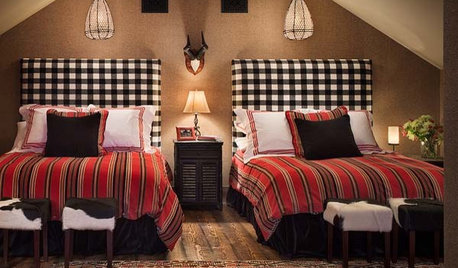
BEDROOMSDouble Up on Double Beds
Increase your sleeping accommodations with this hotel-room trick that works just as well in your home
Full Story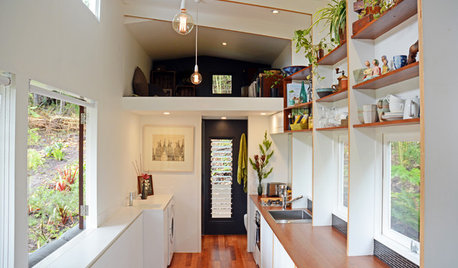
SMALL HOMESTiny Houzz: A Retractable Bed and Double-Duty Furniture Make It Work
Architecture graduates work with a builder to create a stylish tiny house with an efficient layout and a roomy feel
Full Story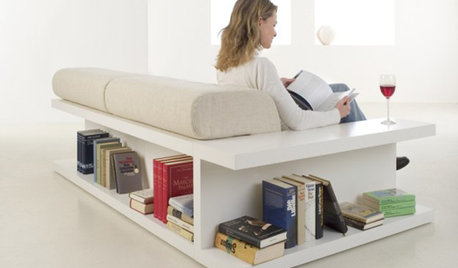
FURNITUREOn Trend: Max Out Function With Double-Use Seats and Sleepers
Have your seating with a side of storage or just maximize your options with these versatile chairs, beds and furniture systems
Full Story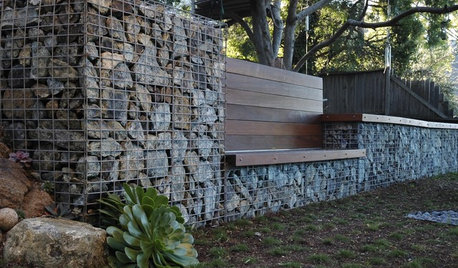
GARDENING AND LANDSCAPING7 Out-of-the-Box Retaining Wall Ideas
Go Beyond Railroad Ties With Stylish Rock, Metal, Blocks, and Poured Concrete
Full Story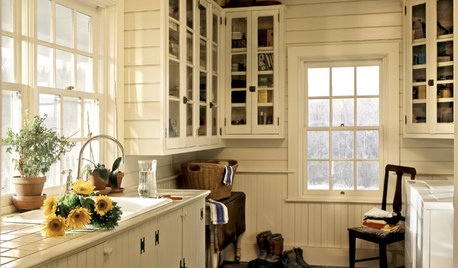
LAUNDRY ROOMSDouble-Duty Savvy: 10 Supersmart Laundry Room Combos
Throw some extra function in along with the fabric softener to spin your laundry room into mutitasking mode
Full Story
PETS50 Dog Photos Worth a Wag
Design hounds: Share in the pet love with Houzzers' snapshots of their beloved dogs at home, in the workshop and at play
Full Story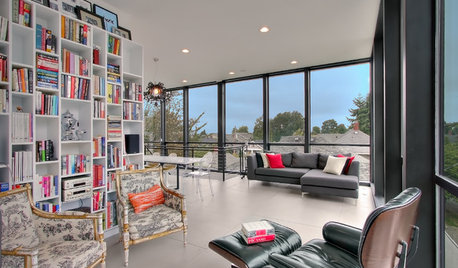
MODERN HOMESHouzz Tour: Double the Space for a Newly Modern Seattle Home
Breathing-room woes go out the window with an extensive remodel that adds a bedroom, a roof deck and an in-law apartment
Full Story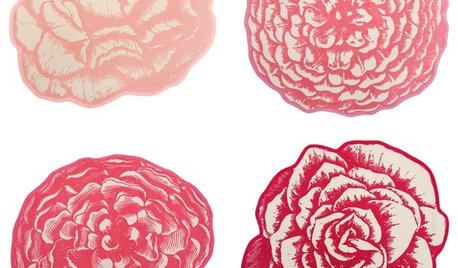
50 Fabulous Finds for Valentine's Day
Valentine's Day Gift Guide: Hearts, Flowers, a Zebra Chair, and Thou
Full Story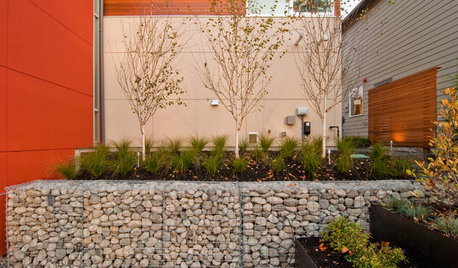
LANDSCAPE DESIGNGarden Walls: Gabion Evolves From Functional to Fabulous
The permeable rock-, concrete- or glass-filled steel cages are showing up as retaining walls, planters, benches and more
Full Story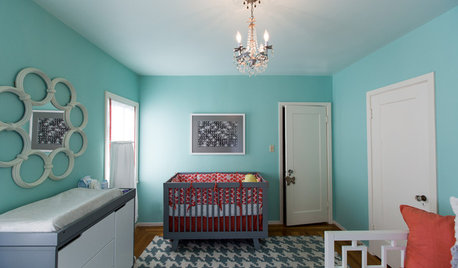
BEFORE AND AFTERSDouble-Duty Function and Singular Style for a California Nursery
Modern and bright, this thoughtfully designed baby's room is ready to welcome a newborn girl and overnight guests
Full StorySponsored
Columbus Area's Luxury Design Build Firm | 17x Best of Houzz Winner!
More Discussions






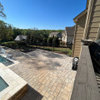

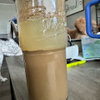
deviant-deziner
pls8xx
Related Professionals
Surprise Landscape Architects & Landscape Designers · Panama City Landscape Architects & Landscape Designers · Bound Brook Landscape Contractors · Fair Oaks Landscape Contractors · Framingham Landscape Contractors · Kaneohe Landscape Contractors · Natick Landscape Contractors · Petaluma Landscape Contractors · Pompano Beach Landscape Contractors · Kansas City Decks, Patios & Outdoor Enclosures · Surfside Decks, Patios & Outdoor Enclosures · Truckee Decks, Patios & Outdoor Enclosures · Claremont Swimming Pool Builders · Dickinson Swimming Pool Builders · Los Alamitos Swimming Pool BuildersYardvaark
bahia
KraBOriginal Author
Yardvaark
bahia
KraBOriginal Author